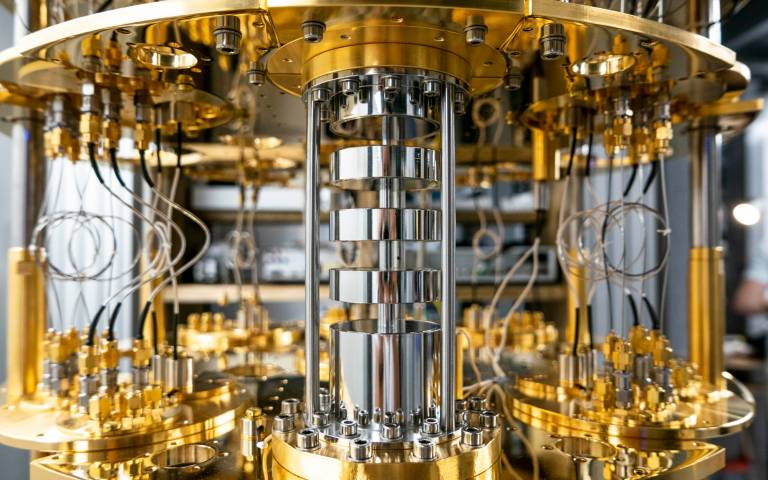How Does a Battery Work?
A battery is a device that converts chemical energy into electrical energy. It is a crucial component in many electronic devices, from cell phones to cars. Batteries work by allowing a flow of electrical current through a circuit, which can power electronic devices. Understanding how a battery works is essential for designing and improving electronic devices and ensuring their efficient operation.
Batteries consist of two electrodes, typically made of metal, separated by an electrolyte. The electrodes act as the positive and negative poles of the battery, and the electrolyte allows the flow of ions between them. When the battery is connected to a circuit, chemical reactions occur between the electrodes and the electrolyte, producing an electrical current.
The most common type of battery is the electrochemical cell, which consists of two half-cells. One half-cell contains the positive electrode, also known as the anode, and the other half-cell contains the negative electrode, also known as the cathode. The anode and cathode are connected by a conductor, such as a wire, that allows the flow of electrical current.
When a battery is connected to a circuit, the chemical reaction between the anode and cathode produces electrical energy. In a rechargeable battery, the flow of current is reversible, allowing it to be recharged. The flow of electrical current through the battery also causes the electrodes and electrolyte to react and release energy, reducing the overall energy potential of the battery.
The efficiency of a battery depends on several factors, including the materials used for the electrodes and electrolyte, the design of the battery, and the conditions under which it is used. Improving these factors can increase the efficiency and overall performance of the battery.
In conclusion, a battery is a device that converts chemical energy into electrical energy by allowing a flow of electrical current through a circuit. It consists of two electrodes separated by an electrolyte, which allows the flow of ions between them. The efficiency of a battery depends on the materials used, the design, and the conditions under which it is used. Understanding how a battery works is essential for improving electronic devices and ensuring their efficient operation.





